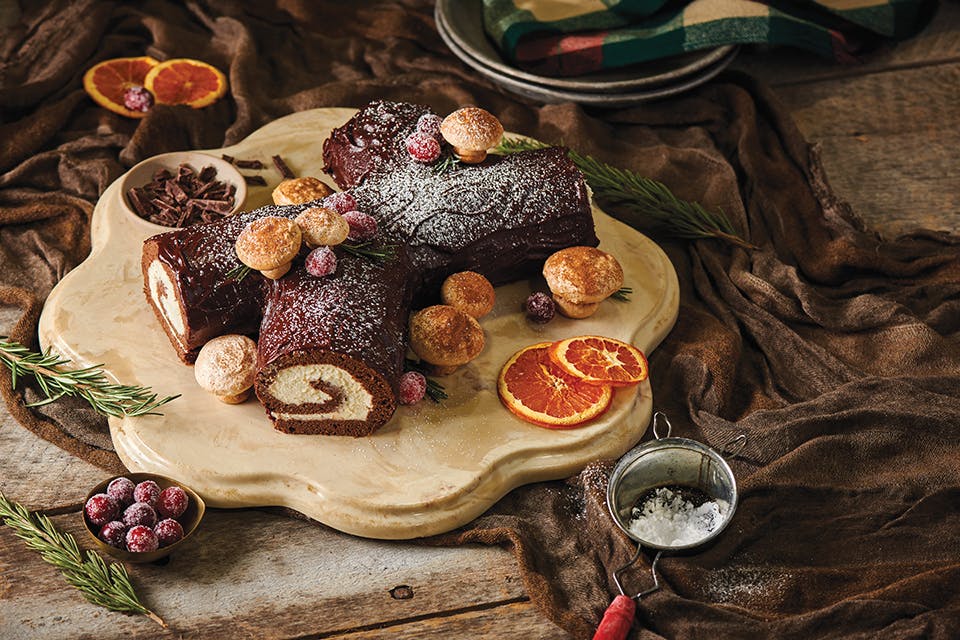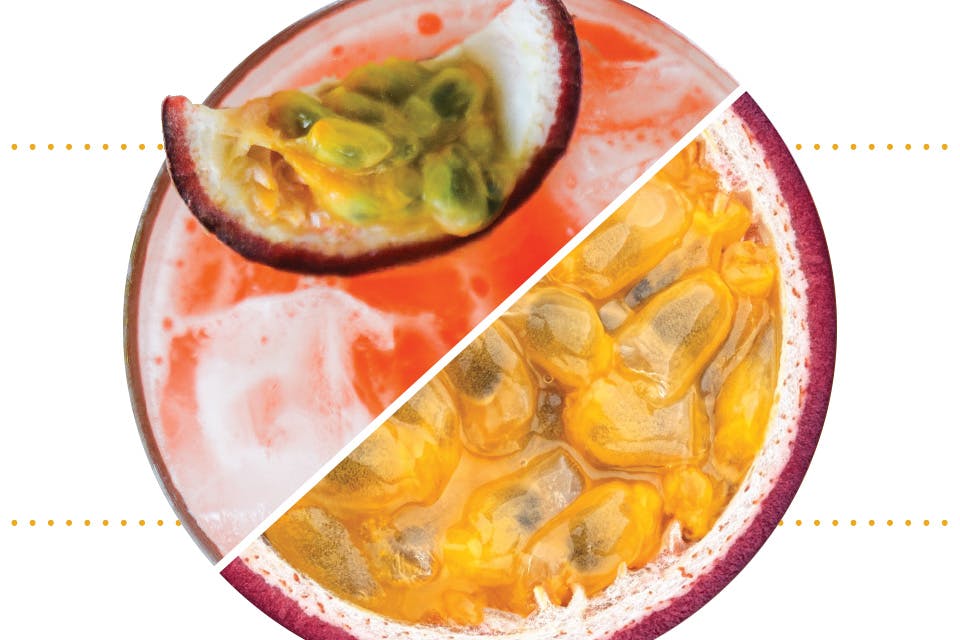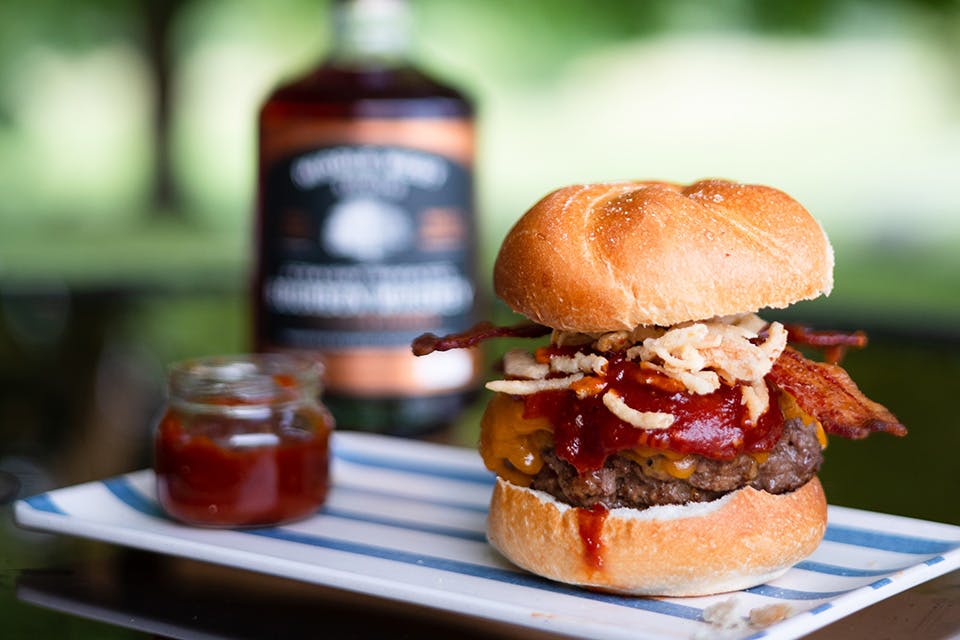Home + Garden
Sunny Faces
You can't help but smile at the sight of a field of sunflowers. Buy or pick a bouquet and find inspiration for your garden.
Related Articles

5 Holiday Recipes to Make Together This Season
From simple gingerbread cookies that leave lots of room for creativity to a beautiful Buche de Noel that is sure to grab attention, these creations offer fun baking projects. READ MORE >>

7 Cocktail Recipes that are Perfect for Summer
Celebrate by shaking up these festive cocktails that pair well with parties and picnics all season long. READ MORE >>

How To Make Whiskey Barbecue Sauce
Food writer Nicholas Dekker shares the recipe for one of his summer grilling favorites: Weber’s Whiskey Barbecue Sauce. READ MORE >>

